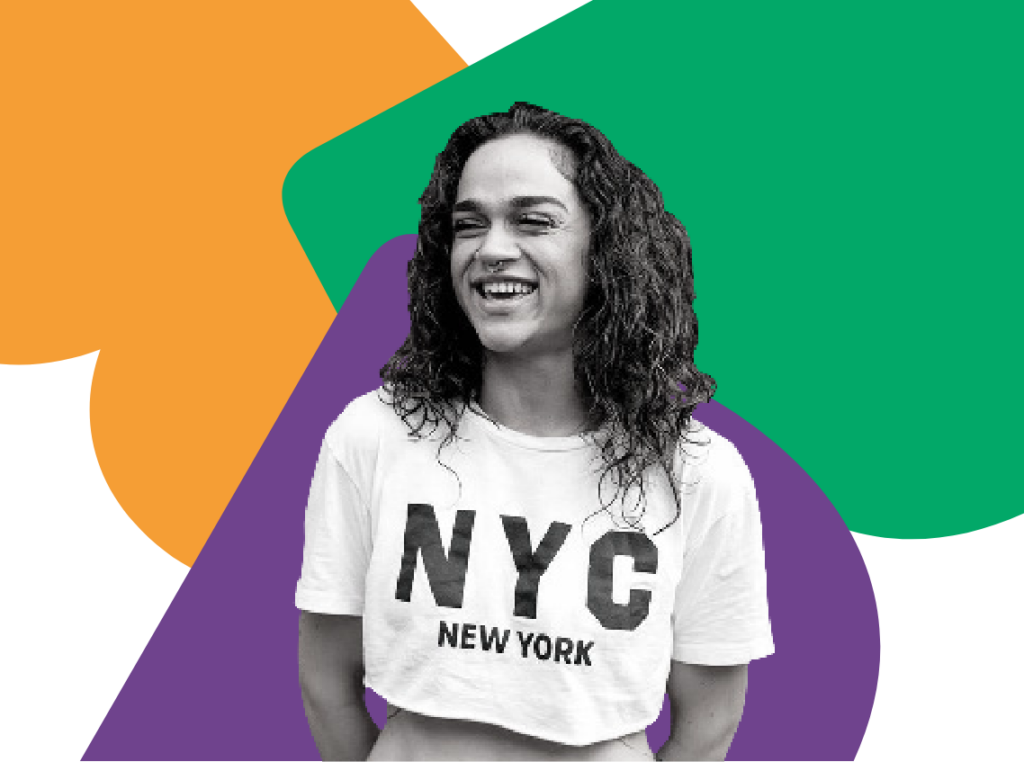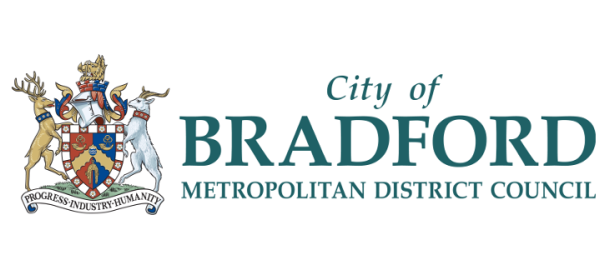Arts and community organisations in the district can utilise this data for designing programs and activities targeting entrenched, longstanding issues.
The demographics and deprivation in Bradford offer diverse opportunities for arts to create a meaningful impact. The high deprivation levels and diverse population provide a platform for artists and arts groups to tackle pressing social challenges.
For instance, the ageing population’s challenges, health and wellbeing concerns, and unifying cultural themes amidst diverse backgrounds can all be explored. Additionally, addressing the escalating problem of economic inactivity, accentuated by COVID-19, is of paramount importance.









